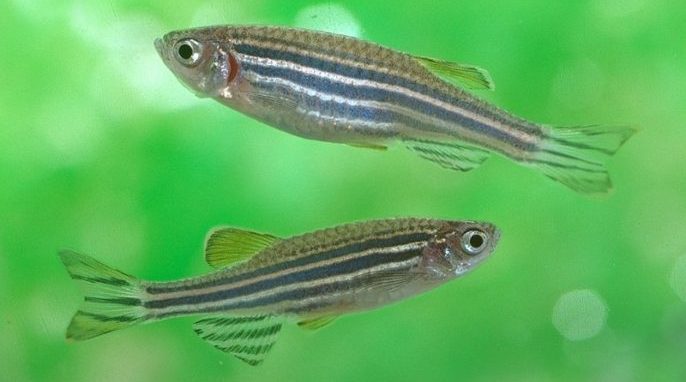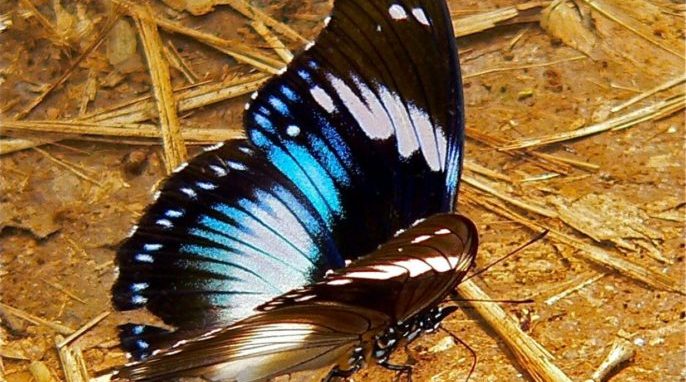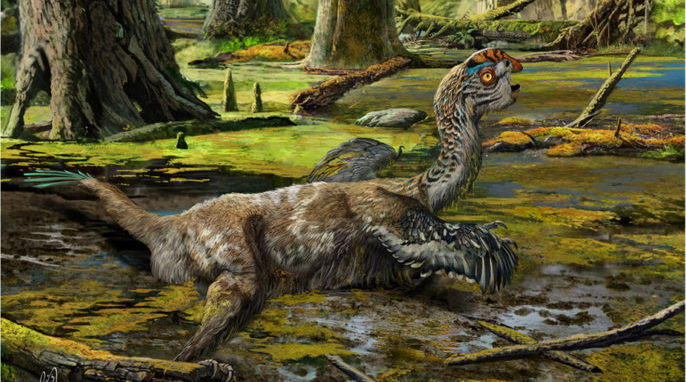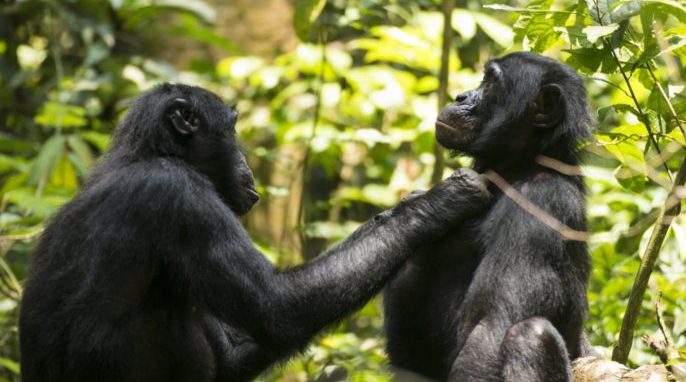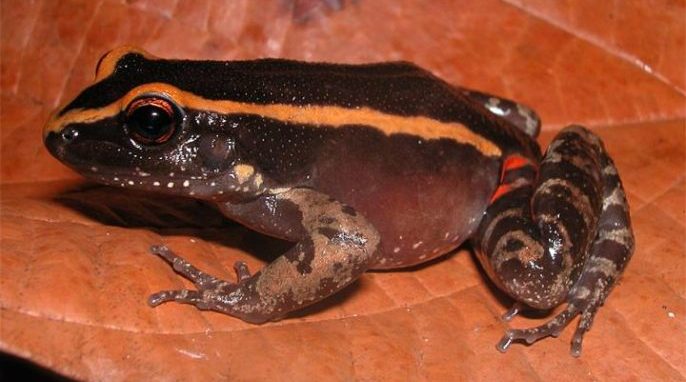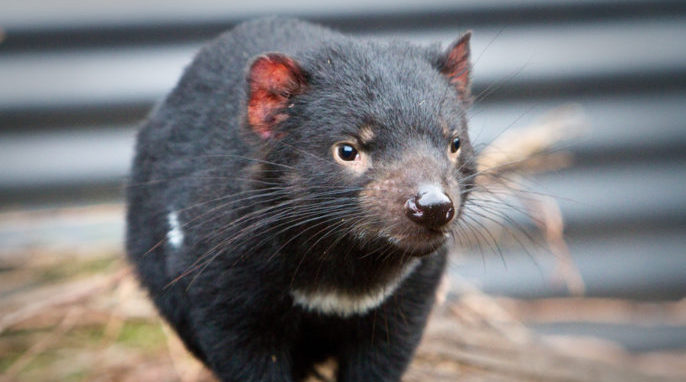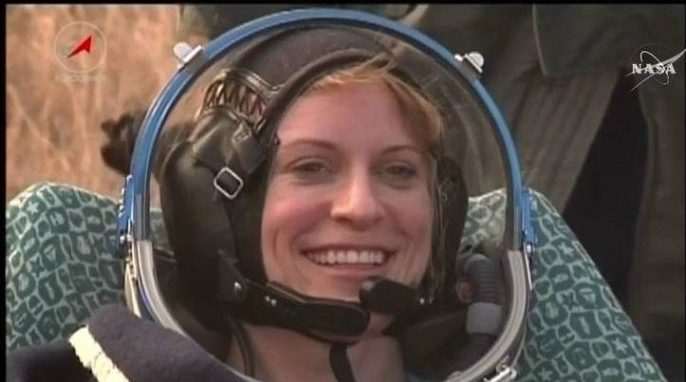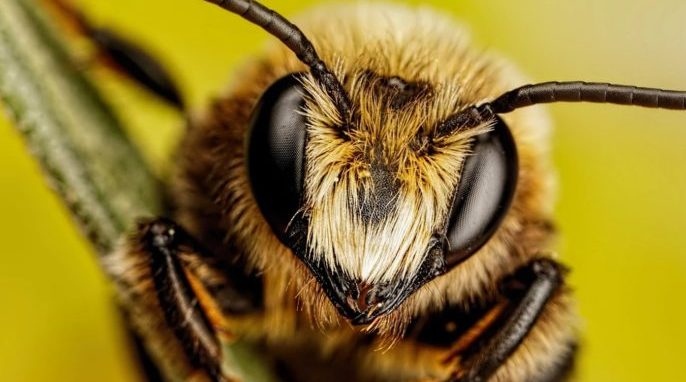Zebrafish Fight Club Winners and Losers
Much like in Fight Club, “Where Is My Mind?” is a fitting theme song for zebrafish: after 24 hours they cannot remember if they won or lost. By Amanda Alvarez The two opponents circle each other, showing off their scaly might and impressive stripes. Suddenly one darts forward, biting the other near the dorsal fin—and the fish fight is in full swing. The biting and dodging can go on for up to 20 minutes, but this is not a fight to the death. Zebrafish fight to maintain a social hierarchy,…
Read More
